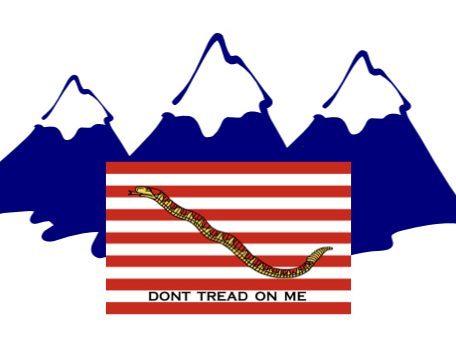My exploration of Battle Stations! for my Game of the Week continues. The game is a low-complexity simulation of modern naval warfare (at least as it was seen in the 1980s looking into the 1990s). As I played this week, I have come to like the “low-complexity” of the rules, but as a naval enthusiast I am questioning several of the design assumptions that contribute to that simplicity. In particular is the use of range in anti-air and anti-submarine combat.
Range is a central concept in the combat model of Battle Stations! Each turn (representing about five hours of time) is divided into movement and combat phases. The Joint Combat Phase is further broken down into a Targeting Resolution Segment and multiple Range Resolution Segments. In each Range Resolution Segment, the range counts down from A to D and AU (anti-submarine attacks).

Ships have ratings for Anti-Air (AA), Anti-ship (AS) combat with a range (A-D), an anti-submarine value (AU), EW rating, VP value and movement (see image above).
For AS combat, Range Resolution Segments are directly tied to the range value on the counter. This is easy to understand and an easy way to represent the different range capabilities possessed by a given unit. However, range in AA combat is tied to ship type, not a particular range:
6.31 AA STRENGTH: AA strength is not tied to a hex range, rather to a unit type. In ‘A’ range resolution segments CV type units may participate against opposing aircraft up to 23 hexes away from the unit location while CH, BG, & CG type units may participate against aircraft up to 8 hexes from the unit location. In addition, aircraft with AA strength may participate against opposing aircraft in the same hex while other unit types may not participate at all. In ‘B’ range resolution segments CV, CH, BG, & CG type units may participate against opposing aircraft up to 8 hexes from the unit location while aircraft with AA strength may only participate against opposing aircraft in the same hex and other unit types may not participate at all. In ‘C’ & ‘D’ range resolution segments all units and aircraft with AA strength may participate against opposing aircraft in the same hex.
On one hand the AA range rule reflects the extended range of AA combat, but tying engagement ranges to a unit type is too much of a simplification for me, especially given the game designers showed they could portray AS range capability. The rule works for aircraft carriers (CV) – maybe too well as range 23 is 575nm from the carrier! I know the F-14 Tomcat with the AIM-54 Phoenix was a long-range hitter…but Battle Stations! may be a bit too generous! Even AA range ‘B’ for CG seems generous. In 1984 (the time this game was published) the first Ticonderoga-class cruisers were entering service with the US Navy. The combination of the Aegis combat system and SM-2 missile was state-of-the art for its day, but the SM-2 could only reach 90nm (~4 hexes) – far less than the 8 hexes allowed in Battle Stations! It was not until the introduction of the SM-2 Blk IV-ER in 1998 that an AA range of 200nm / 8 hexes was achieved.
The AA range rule also makes me question the design assumptions behind the AU Resolution Segment. All anti-submarine warfare is resolved within the same hex. This limitation seemingly ignores the range that ASW aircraft or helicopters could operate. Again, a rules simplification that reduces complexity but loses a chance to portray modern ASW combat at ranges beyond the classic WWII dropping of depth charges in the wake.
In 8.0 DESIGN NOTES, designer Stephen Newberg describes BATTLE STATIONS! as:
…a fairly easy but broadly reflective modern game at the tactical / operational level. We found a need for such a game ourselves, since sometimes it is nice to play out a fast battle rather than a long war.
I agree that Battle Stations! hits this mark, but then he goes on to say:
Since the idea was to produce an easy game we kept the details down, but the data base, with a large number of individual capability ratings for each unit, allowed us to keep the system reasonably accurate, even though it included complete air, surface, & submarine interactions….
In the final analysis, I have to agree that “reasonably accurate” is more than good enough for Battle Stations! Sure, if I was the designer I would make a few different design decisions, possibly at the cost of some additional complexity. I don’t think it would break the design, but make an improvement at the edges. But I am happy that Mr. Newberg was the designer and not me for although I question some of his decisions I still get to enjoy Battle Stations! 38 years after it was first published.

2 thoughts on “Thoughts on Range in Battle Stations! (Simulations Canada, 1984)”